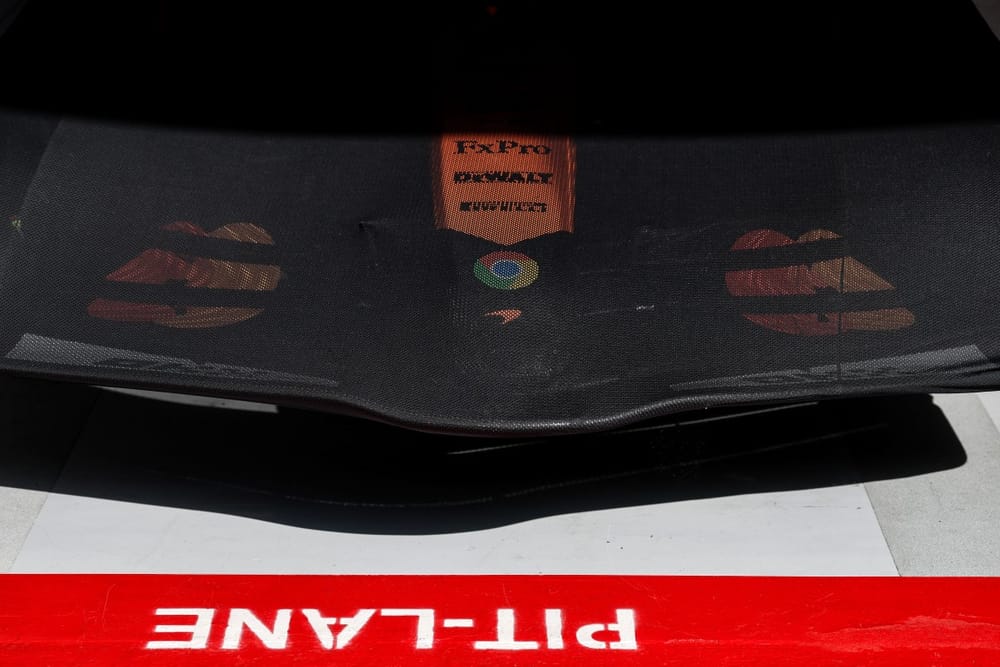McLaren’s front-row lockout of the Spanish Grand Prix delivered the impression that Formula 1's flexi wing clampdown has had zero impact on the pecking order.
Indeed, nobody seems to be dramatically out of position now that everyone is running with stiffer front wings – and Oscar Piastri’s advantage at the front in qualifying was the biggest any polesitter has had all season.
It supports the narrative that McLaren has stuck to for the entire Barcelona weekend – and something that it has believed since it tested its new compliant front wing in FP1 at Imola.
As McLaren chief designer Rob Marshall told F1 about the performance impact of the new FIA technical directive: “I guess the question is, what loss of performance? We don't think it's noticeable, measurable.
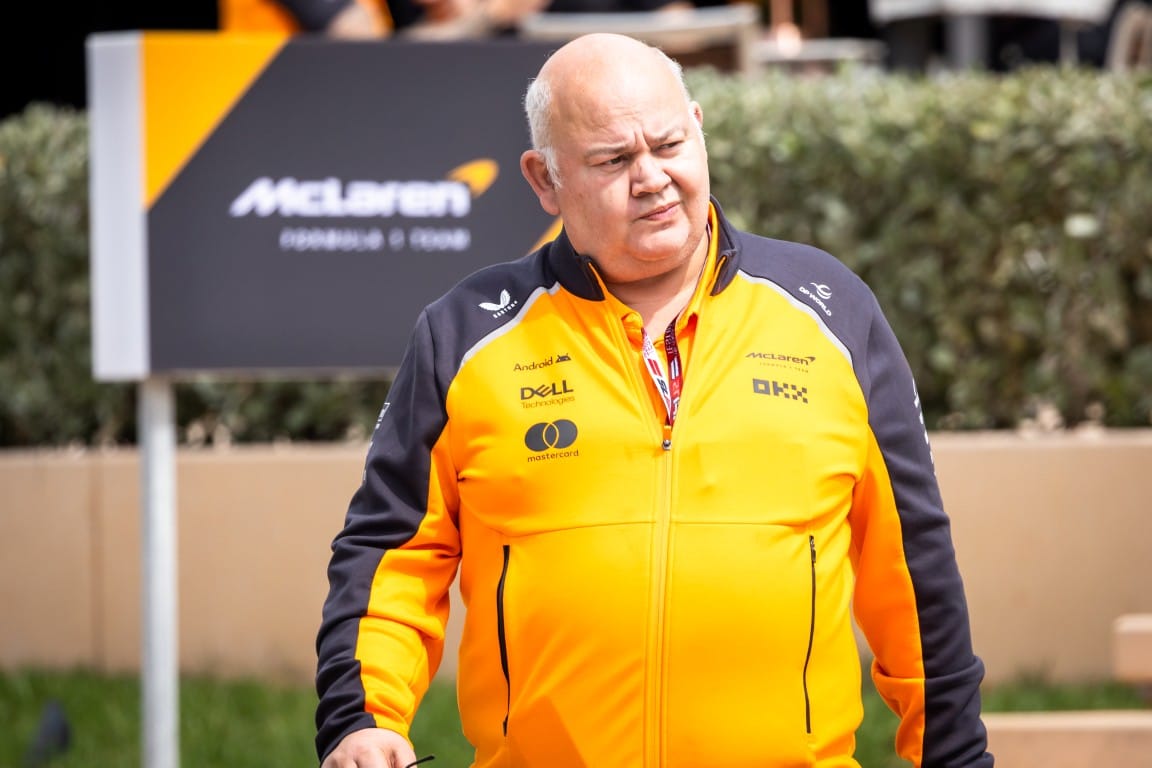
“We've come here with the same wing. We haven't had to do anything different. So we've added a single part, a new hanger to the wing, to stiffen it. Apart from that, we've done nothing.”
But while McLaren feels that the relative game against its rivals has not been altered so far because of the change of front wing stiffness, a deeper dive into how the Barcelona weekend has played out across the grid tells a slightly different story.
And there are also some equally fascinating aspects of McLaren’s own performance that confirms the wing TD could well be having a subtle impact – and it is something that may well only properly show up in the race.
Balance compromises

In removing the benefits that a flexi front wing gives in allowing drivers to easily dial out the low-speed understeer and high-speed oversteer that are a characteristic of the current cars, teams are having to address those headaches through mechanical solutions.
But with this not being as effective a route as doing it through flexi wings, it means that the cars’ handling is being compromised – with drivers having to choose whether to take the hit in the slower corners or the faster stuff.
Since cars spend more laptime in the slower corners, that means the emphasis is on making sure the car is better there – so that means having to swallow some high-speed oversteer downside.
This was something Charles Leclerc admitted his Ferrari was enduring as his squad adapted to a new way of running its car.
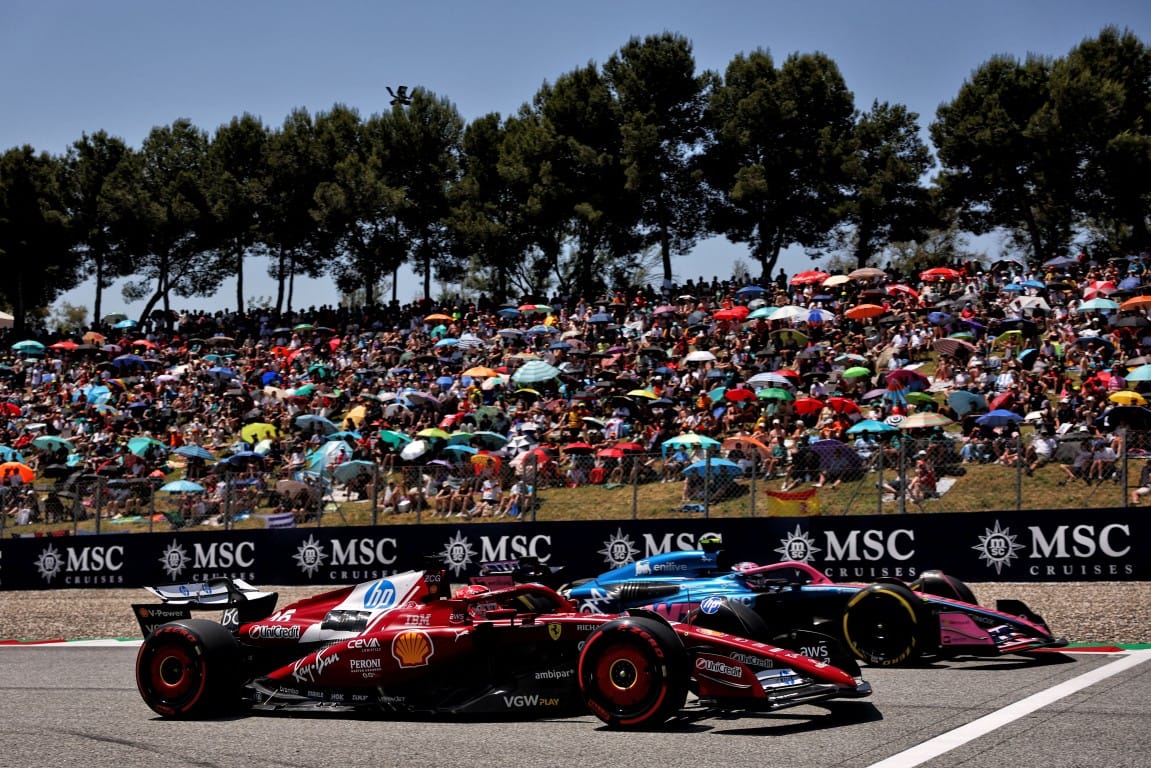
“In high speed it is a little bit trickier to drive,” he said. “But it’s not something I dislike too much.
“In low speed it’s a bit more stable. The high speed is a bit more pointy. Nothing that we didn’t expect.”
This pointiness is something that McLaren team boss Andrea Stella also admitted was a consequence of teams losing the benefits that came from flexi wings.
Asked by The Race about the specific detailed impact of the wing TD, Stella said: “I would say, drag - zero impact. In terms of balance, when you have less of an aero-elastic effect, you will have a slightly pointier car in high speed and slightly more understeering in low speed.
“But everything is so small that it's within the noise variation from one lap to the other.”
The degradation impact
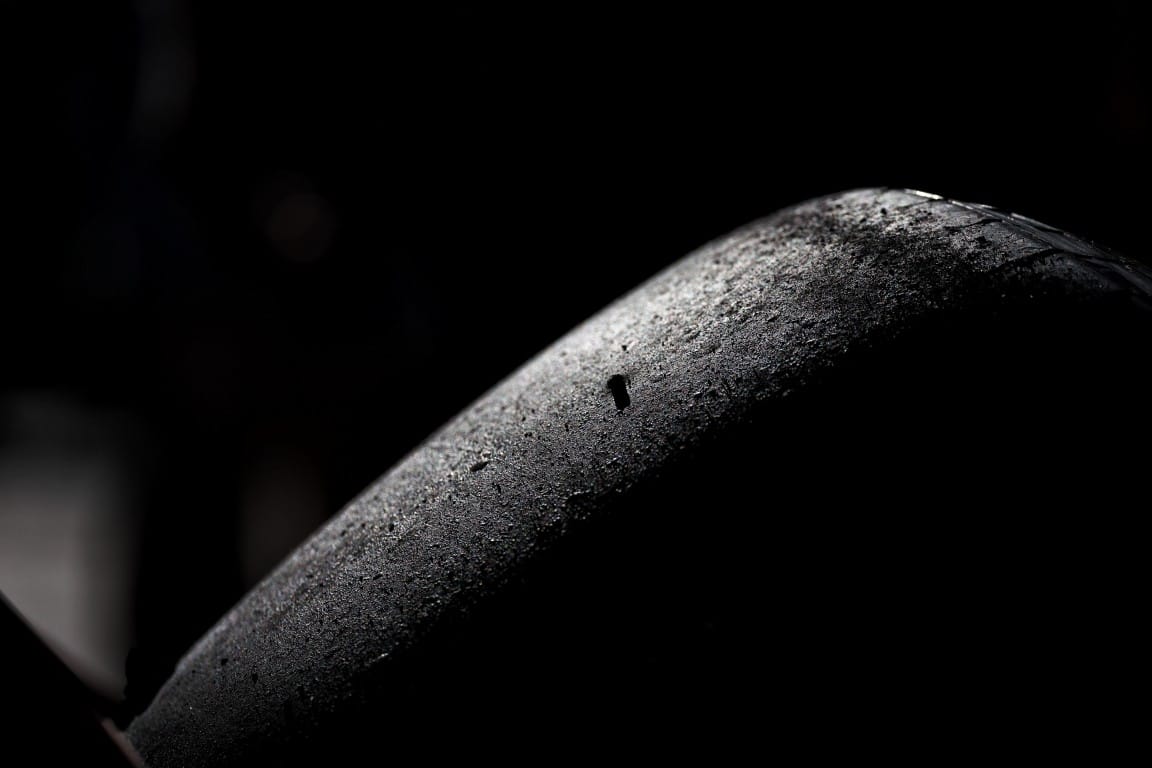
While McLaren believes that the balance shift is not enough to have any impact on tyre degradation of its own MCL39, that may not be true for every car out there.
For a car that is pointier in the high speed will punish its rear tyres a bit more as the balance will not be as good as before.
And Pirelli motorsport director Mario Isola offered some interesting insight on a notable phenomenon he had seen this weekend – of cars that are producing more downforce this year ending up with a slower pole position time than 2024.
Asked if Pirelli had noticed any balance shift in the cars as a result of the TD, Isola said: “What I can tell you, because obviously we are talking about confidential information, is that in general we found higher loads compared to last year - even if looking at the pole position laptime it was not quicker last year.
“How much is due to the new TD? It is difficult to say. But the reality is that, as an average number, we found more load that is not translating into more performance. If you think about that, you understand what I'm saying.”
Isola is correct in that Spain is one of only two grands prix this year where the pole position time is slower than 2024.
As the below table shows, the other one was Bahrain where laptimes can be very sensitive to temperatures – and this year’s event took place with the track being 10°C hotter than 12 months ago.
2025 and 2024 pole time comparison
Australia 0.819s quicker
China 3.019s quicker
Japan 1.214s quicker
Bahrain 0.662s slower
Saudi Arabia 0.178s quicker
Miami 1.037s quicker
Imola 0.076s quicker
Monaco 0.316s quicker
Spain 0.163s slower
While it is hard to say how much of the Spain shift is down to track temperature variation compared to 2025 (with Q3 measured at around 5°C up on last year) as opposed to what has come from the TD, it is clear that the performance profile is different despite the cars having more downforce.
Comparing Piastri’s Q3-topping effort this year to Norris’s pole position lap from 2024, we can see the Australian is faster all the way through the opening sequence of the lap until Turn 5 – where he is 0.231 seconds up at the apex.
From then on, however, it appears that the tyres have fallen out of their ideal window as Piastri’s laptime bleeds away very quickly.
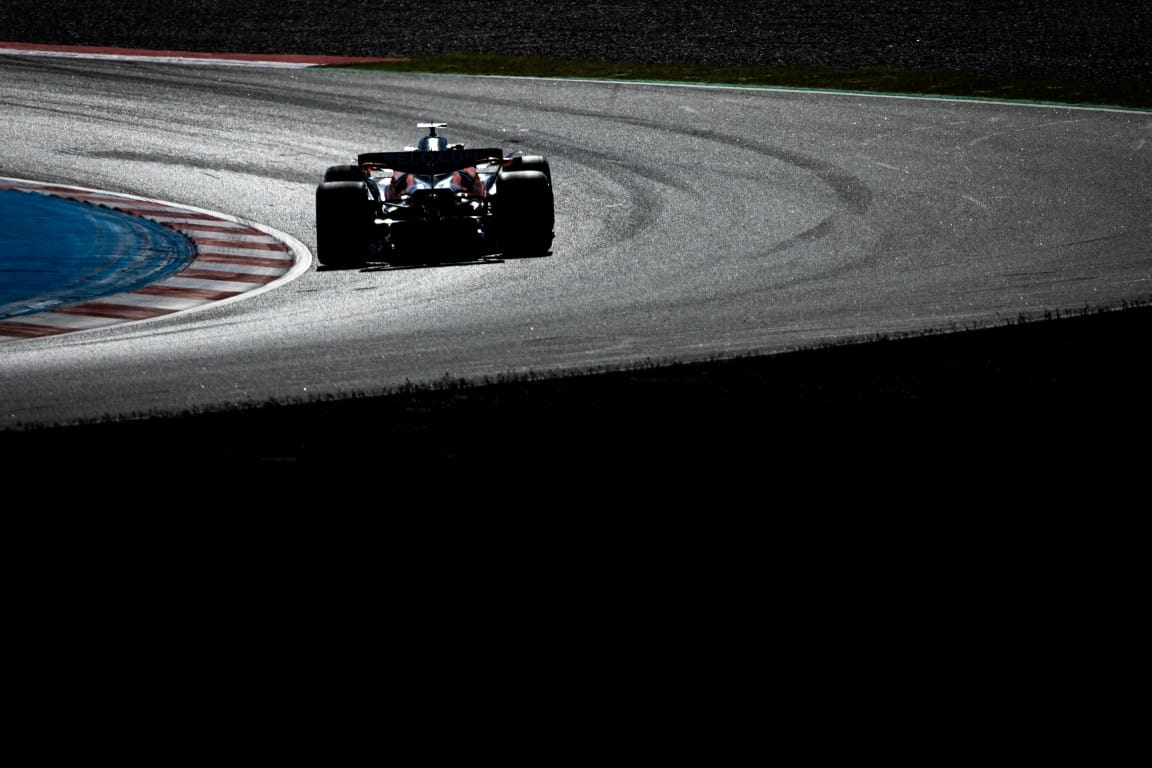
By the time Piastri is at Turns 7/8 he is pretty much on a par with Norris, and then he steadily falls back before a small recovery up to Turn 12, when the laptime then falls away as the tyres give up in terms of traction and cornering.
Is this the firmest evidence of the subtle balance shifts in the car triggered by the TD having some consequences in impacting tyre temperatures?
To answer that we need a wider data set – and that will require the Spanish GP to play out, where tyre degradation will be more of a factor.
Red Bull, for example, feels that the TD has helped it get a better handle on its car balance, and move it away from the headaches it faced in trying to get a handle on the impacts that a flexi wing was having in altering its aero map through corners.
The benefits of this greater understanding are certainly something that would show up more over a race distance – and let’s not forget that on Friday Max Verstappen had the quickest race sim of all while Piastri had a more difficult time.
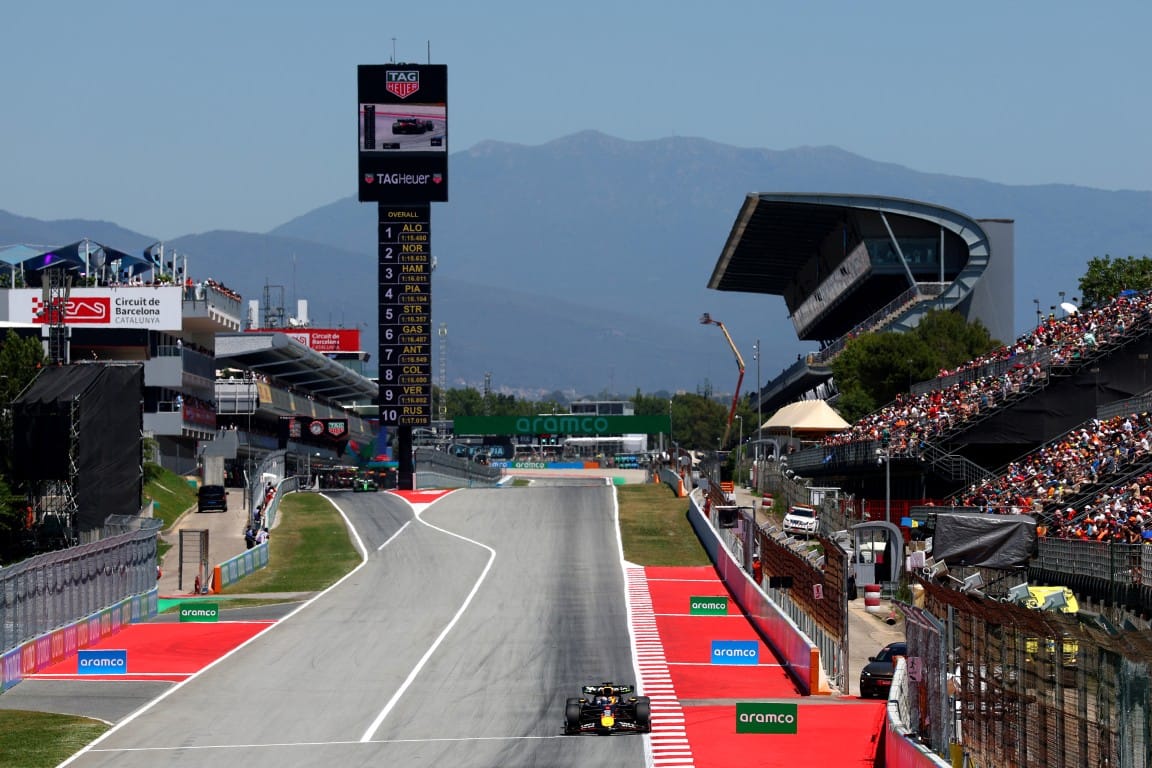
The Spanish GP should therefore give us a much better picture of whether the TD has had an impact – and not been the total waste of money that Lewis Hamilton has suggested.
But if anyone is expecting things to be dramatically different and frontrunners McLaren to suddenly struggle, the team itself says they will be disappointed.
Asked by The Race if he expected a different picture in the race, Stella said: “The reality is we will never know because we don't have a term of comparison.
“But if I put my engineer hat on for a second and look at the numbers, at least the numbers for McLaren, I would say this falls almost in the noise of what has an impact on the behaviour of a Formula 1 car and tyre degradation.
“My answer is essentially I don't expect an impact in terms of how the race would unfold and how the car interacts with the tyres.”
Two hours of track action in Barcelona on Sunday afternoon, where a good car balance will be key to success, will give us the final answer though.


